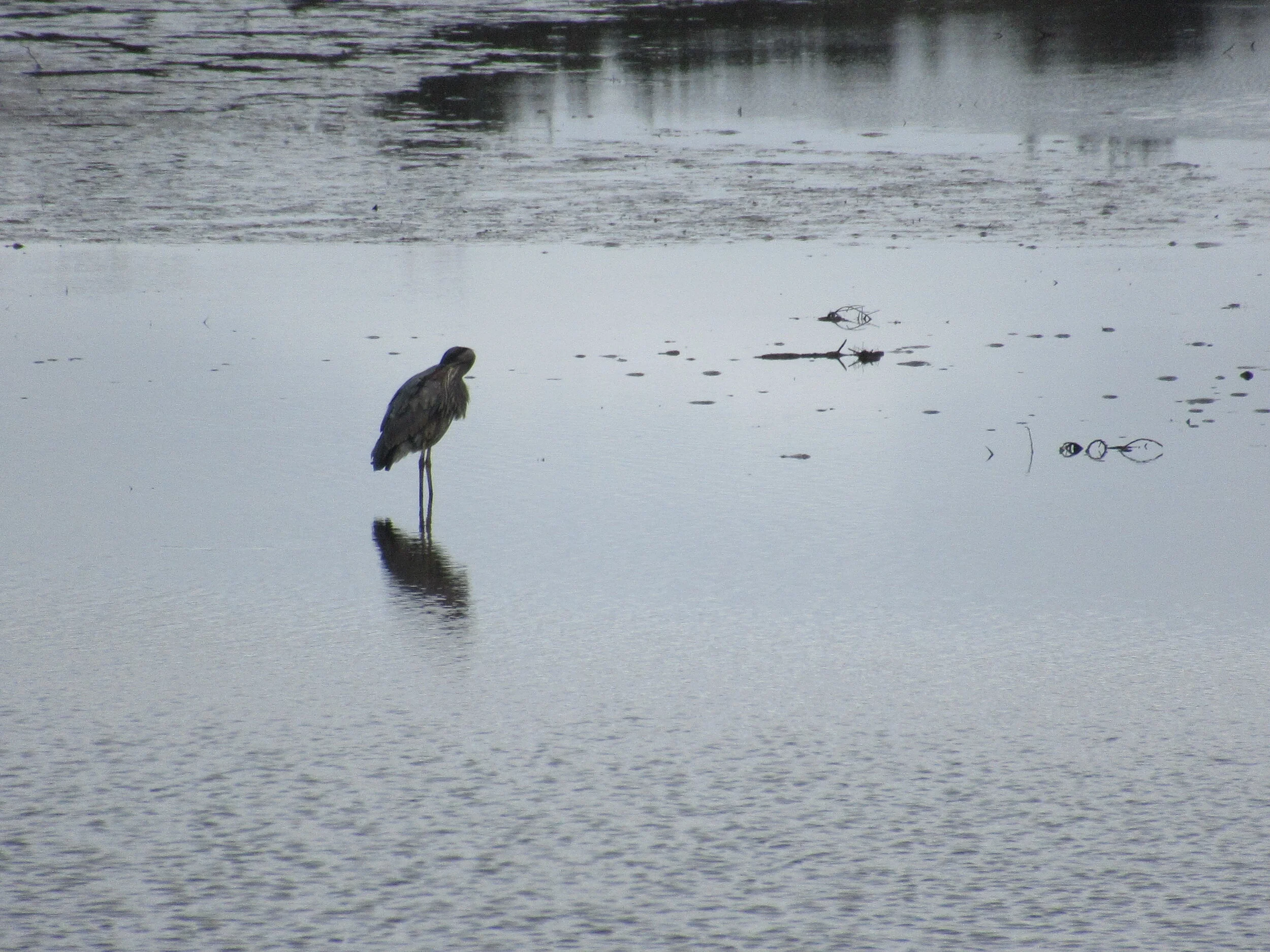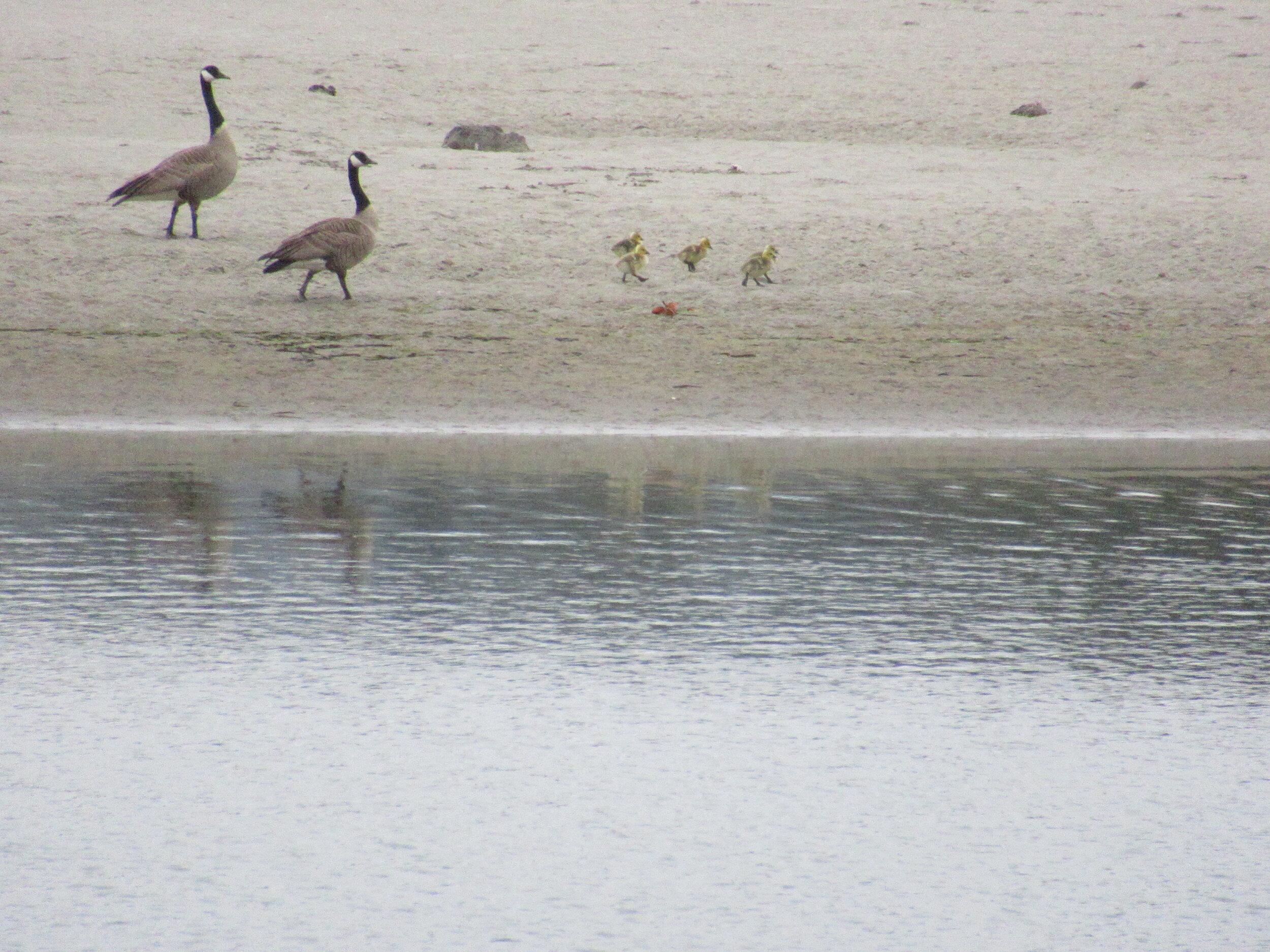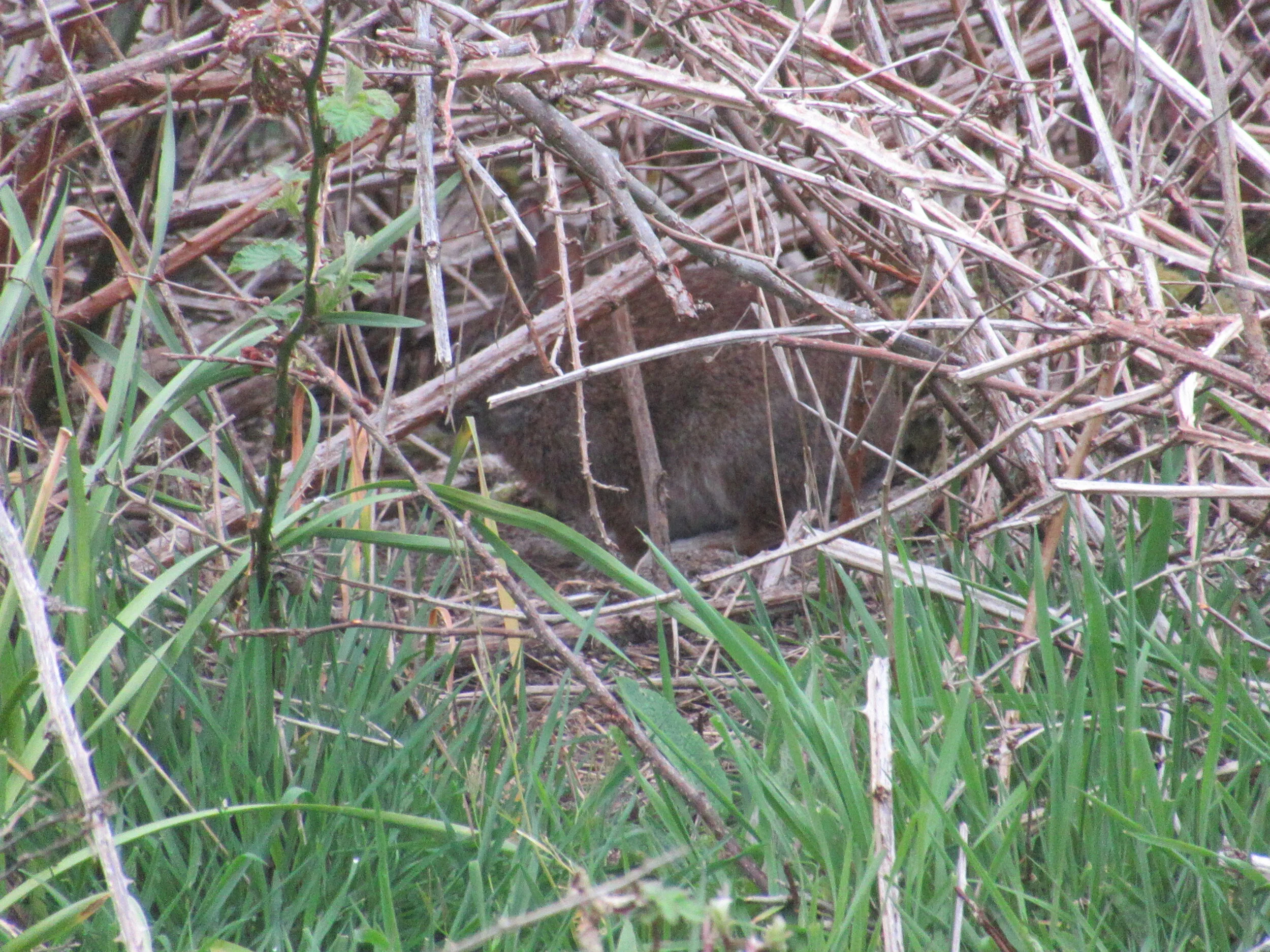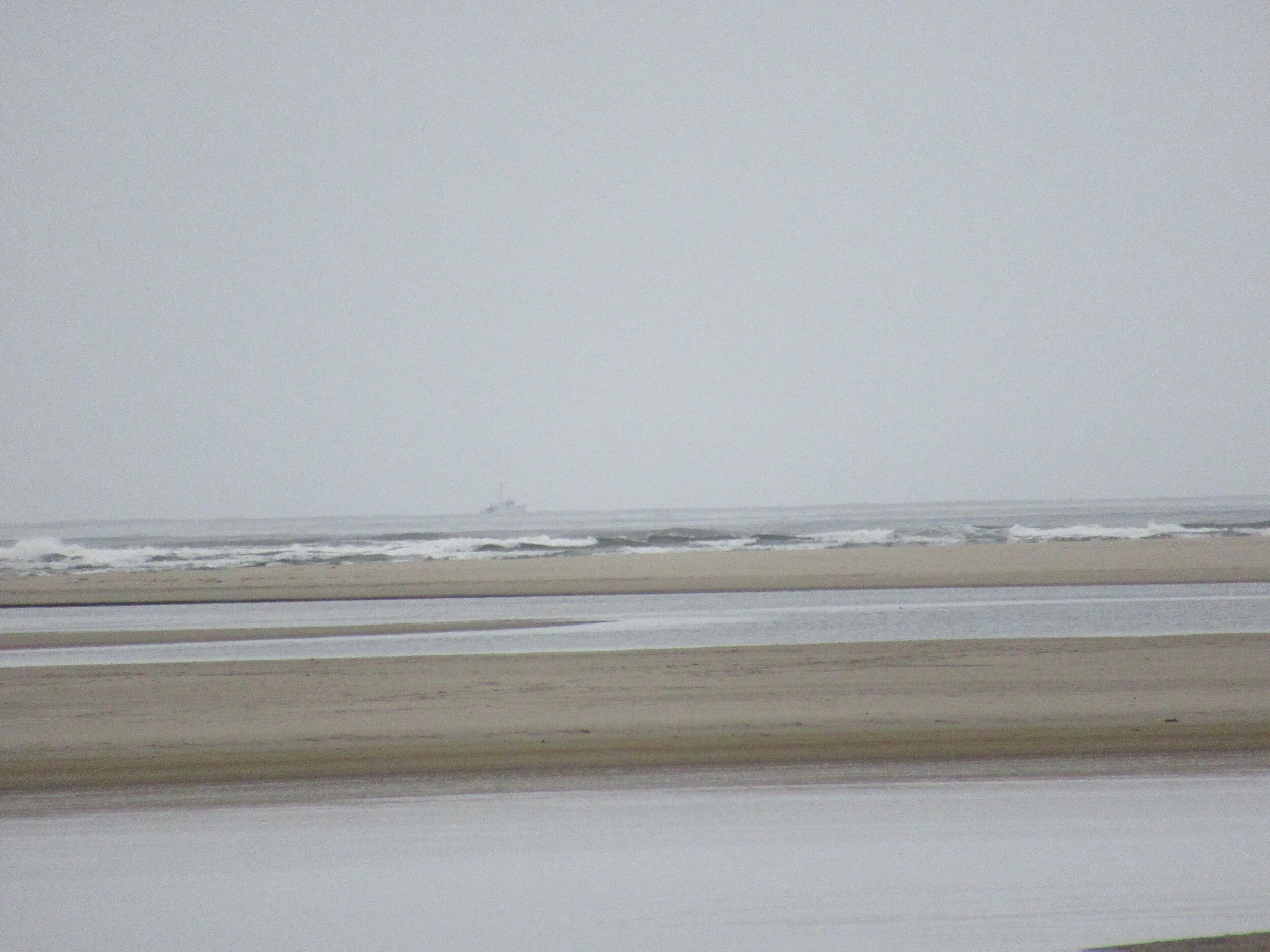Dave’s Detours: Whalen Island




By Dave Powell
For the TODAY
“Rabbit, rabbit.”
OK, I don’t get it. How is saying “Rabbit, rabbit” or a rabbit’s foot good luck? And how is a rabbit’s foot good luck for the dead rabbit?
It is June 1, and the start of a new month. Saying “Rabbit, rabbit” is a British and New England superstition. And Oregon Coast Trail (OCT) hikers got bad news when Oregon State Parks released its estimate of three Oregon Coast Trail segments that have been closed since the Labor Day wind storm of last year. The news on the three trails is detours until at least spring 2023. So much for good luck.
I like seeing wild rabbits on Whalen Island. I just can’t seem to get them to pose well for photographs. If I have a camera (even in a pocket) they rarely appear. With no camera, the roughly half hour (1.25-mile) trail usually has anywhere from three to five sightings. Go figure! But at least I got one for the article.
There are three places on the OCT where I am most likely to see rabbits, but it took me several years to find them. The first place was the north side of Seaside in the spring of 2016 (my first year having moved to Oregon). Several years later, I found the other two places — Whalen Island and Sitka Sedge. After all, the old OCT major route was to ford Sand Lake in the summer, and the alternate was to walk from Sand Lake to Tierra del Mar. Whalen Island was found either later that year or in 2017. Sitka Sedge became a state park in 2018, and that is when I first started using it as an alternative to walking all the way to Tierra del Mar — and also spotting rabbits.
Clay Meyers State Natural Area became a state park in 2000, the first using funding from the state lottery. The site was purchased from sisters Kathleen Craft Shaw and Karen Derungs, who worked with the Trust for Public Lands to assure permanent protection of the area in honor of their mother, Lillian Parker Craft. It is an important habitat for salmon, for smolt heading to the ocean and the adults returning to spawn.
After hiking down to the beach from the Cape Lookout trailhead on the newly re-opened South Trail, and reaching BA 34 (Sand Lake), you walk two and a half miles on Galloway Road, followed by two miles on Sandlake before the Whalen Island access at mile 7.9 on Sandlake Road. To access the trail, stay to the right after crossing the bridge (a county park is to the left). When you reach the parking area (which has three picnic tables and restroom) go to the right at the gate. Although Bill Sullivan’s book says to go left, most mammals when entering a new area go right. About 50 feet after the gate the path splits — I go right and follow a “jeep” path to the Lilian Parker Craft wetland. Head back to the main trail, which goes around the perimeter of Whalen Island. About half way around there are several side trails leading to the sandy beaches in the estuary. From those beaches you can sight birds, and even the ocean. After all the miles of road with cars whizzing past at more than the speed limit, it is good to hear the surf noises. As always, a stop in nature is not just about the views, but also the animals present. The Canada geese are raising their goslings. They have gone from Endangered to the status of Least Concern. Part of their increase started about 60 years ago in Ohio at Mosquito Lake, just north of my hometown, Warren. They took 55-gallon drums, cut them in half from top to bottom, attached four long metal legs, placed them in the lake away from predators, and filled them with straw. In 2015, the Ohio population of Canada geese was reported as roughly 130,000, so Canada geese are no longer endangered!
Final Tally:
The detour around Whalen Island from Sandlake is roughly one and a half miles. After the long road hike to Cape Lookout, the continued road detour because the North Trail will be closed at least three years! Followed by the road route around Sandlake — any break from walking along the road is to be cherished, especially if you are easily distracted by rabbits.
